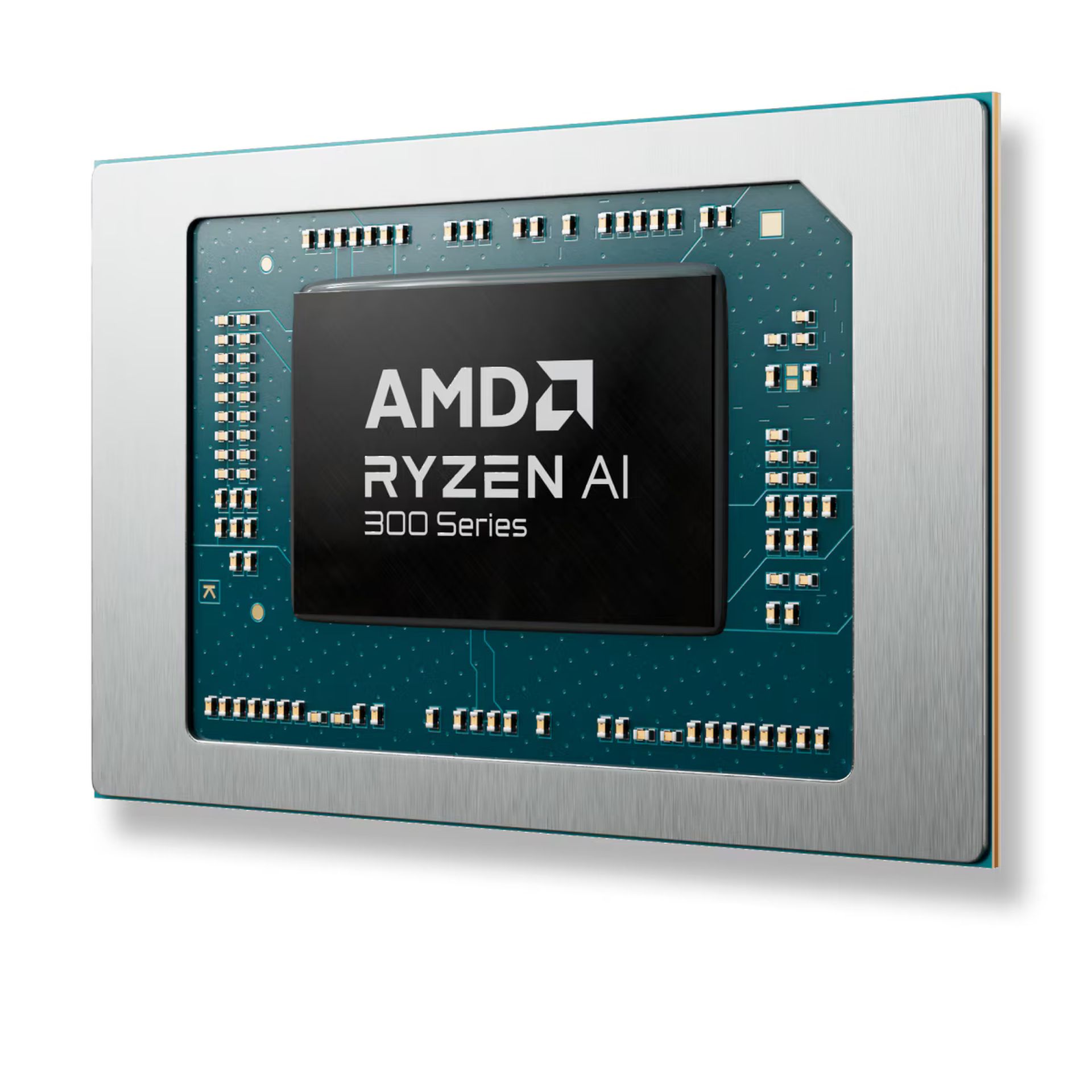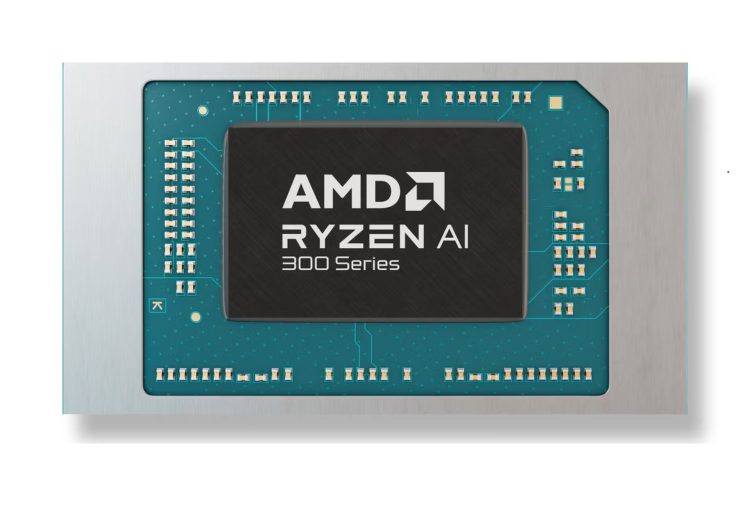The Ryzen AI 9 HX 370, AMD’s latest processor, has made its entrance into the consumer market. This chip, part of the Zen 5 generation, marks its first appearance in a consumer device with the ASUS Zenbook S16.
The introduction of this processor is a part of AMD’s ongoing technological advancement, offering a glimpse into the potential of their new architecture.
Ryzen AI 9 HX 370 specs that make it an assertive chip
The Ryzen AI 9 HX 370 brings a range of impressive features to the table:
- Core Configuration: 12 cores (4 Zen 5 cores and 8 Zen 5C cores)
- Thread Count: 24 threads
- Base Clock Speed: 2 GHz
- Max Boost Clock Speed: Up to 5.1 GHz
- Neural Processing Unit: XDNA 2, capable of 50 TOPS
This processor is designed to provide enhanced computational power while maintaining energy efficiency, making it suitable for various applications from standard laptop use to more demanding tasks in thin client, edge, and IoT devices.
Early benchmarks, as per Tomshardware, of the Ryzen AI 9 HX 370 show promising results:
- Geekbench 6 Scores: 2,765 single-core, 13,282 multi-core
- File Transfer Rate: 908.45 MBps for a 25GB file
- Video Transcoding: 4K to 1080p in 5 minutes and 9 seconds
- Cinebench 2024: Scores ranging from high 700s to 844.42 points over 10 runs
During testing, the Zen 5 cores averaged 2.67 GHz, while the Zen 5C cores reached up to 1.9 GHz. The chip maintained an average temperature of 73.44 Celsius under intensive testing conditions.

ASUS Zenbook S16 is the first to feature it
The ASUS Zenbook S16 is the inaugural device to incorporate the Ryzen AI 9 HX 370. This laptop offers:
- 32GB LPDDR5x-7500 memory
- 1TB M.2 PCIe NVMe SSD
- 16-inch, 2880 x 1800 OLED touch display
- MediaTek Wi-Fi 7 and Bluetooth 5.4
- Windows 11 Pro operating system
The Zenbook S16 weighs 3.31 pounds and is priced at $1,699.99, positioning it as a high-end option in the laptop market.
Linux compatibility and ongoing developments
The Ryzen AI 9 HX 370 requires specific software environments for optimal performance, particularly in Linux systems. Users need Linux kernel version 6.10+ and Mesa 24.2+ to fully support the RDNA3.5 integrated graphics. AMD’s Linux team is actively working on improvements, including:
- Updated PSP and DMCUB firmware
- Patches for the RAPL/PowerCap CPU package
- Optimizations for heterogeneous core topology
These developments aim to enhance system stability and performance, with some updates expected to be available in mainstream distributions by late 2024 or early 2025.

Future outlook
As more extensive testing is conducted, a clearer picture of the Ryzen AI 9 HX 370‘s capabilities will emerge. The processor’s performance in various workload scenarios and its optimization for different computing environments will be areas of focus. The integration of the XDNA Linux driver into the mainline kernel and the ongoing development of AMD P-State patches are expected to further improve the chip’s efficiency and performance in the coming months.
The Ryzen AI 9 HX 370 represents a significant step forward in AMD’s processor technology, offering a blend of high performance and energy efficiency. As it becomes more widely available and software support matures, it has the potential to make a substantial impact in the consumer device market.
Featured image credit: AMD





